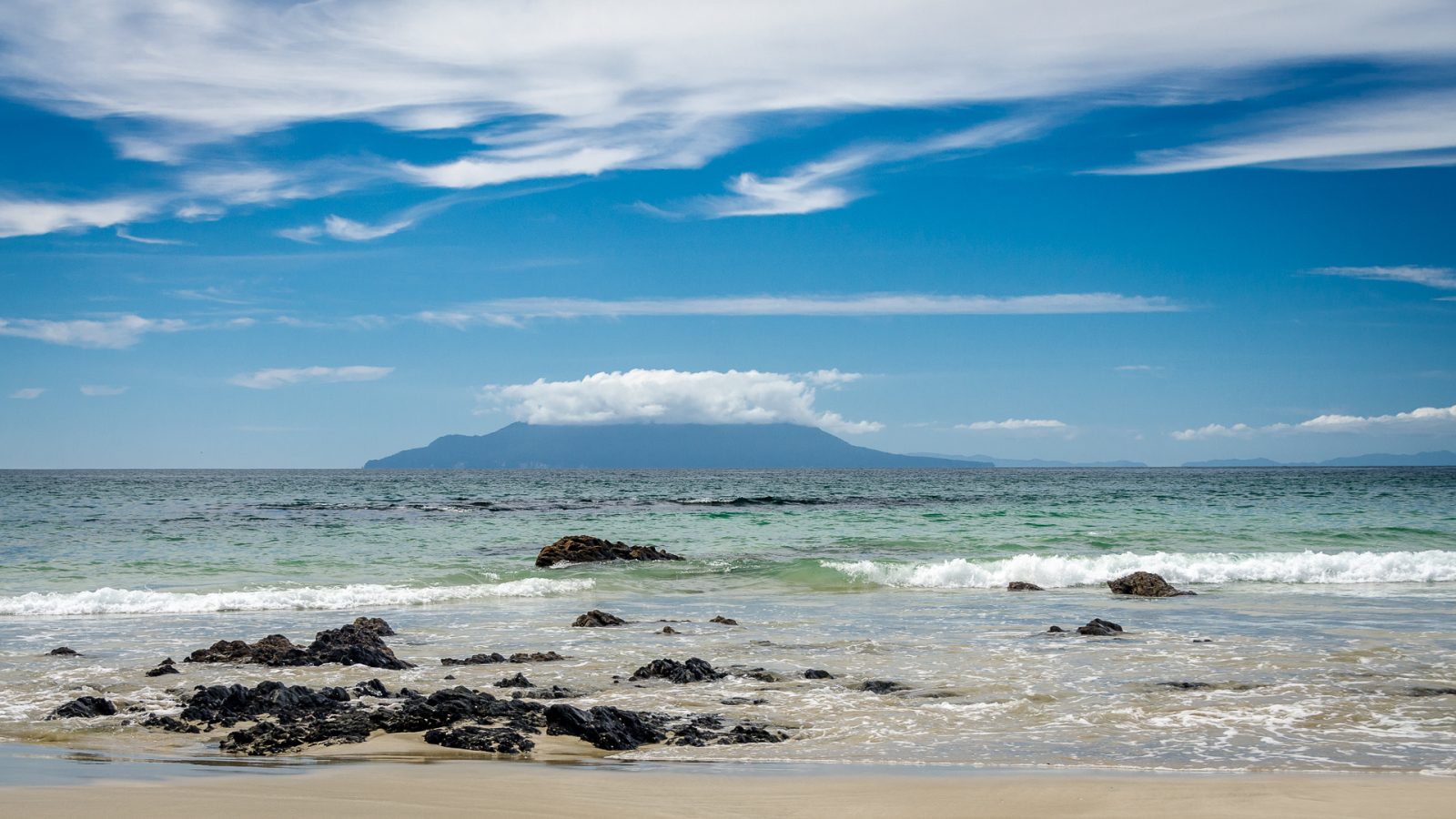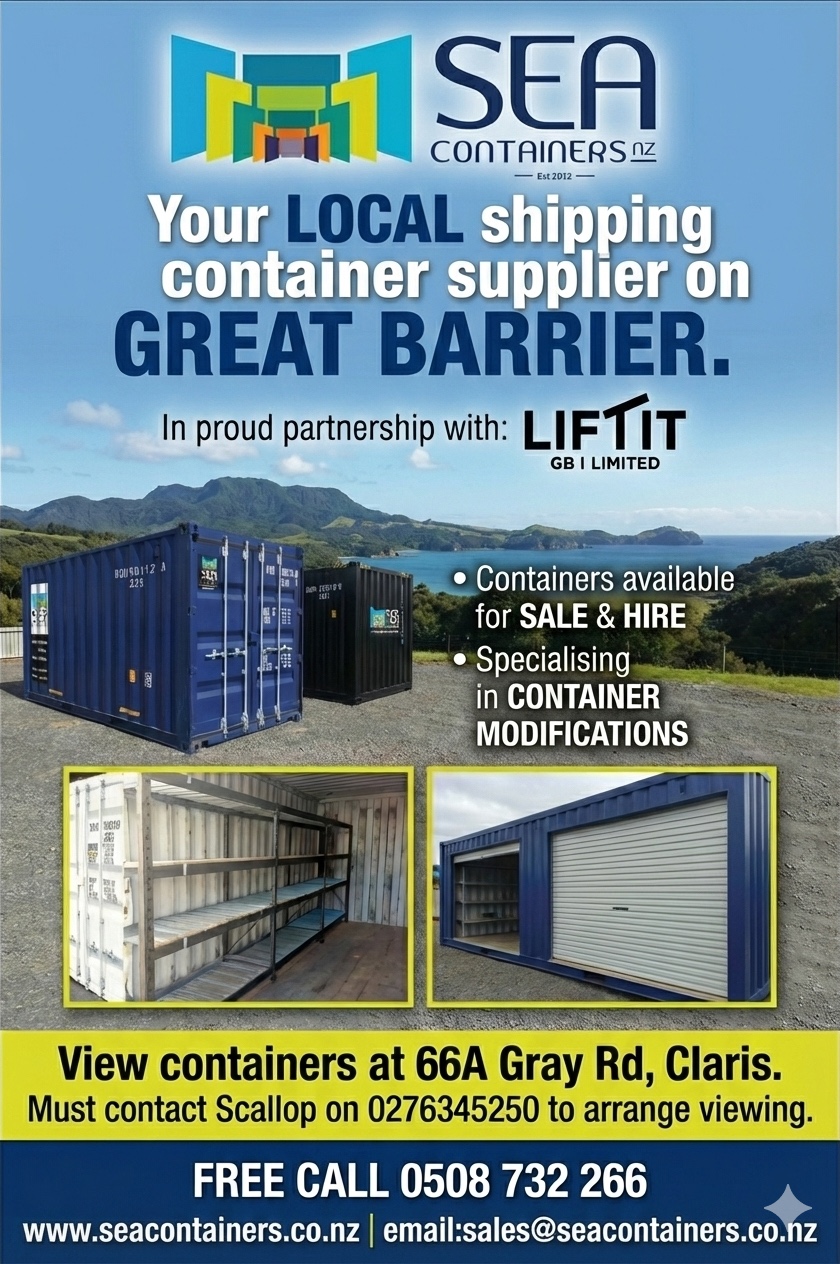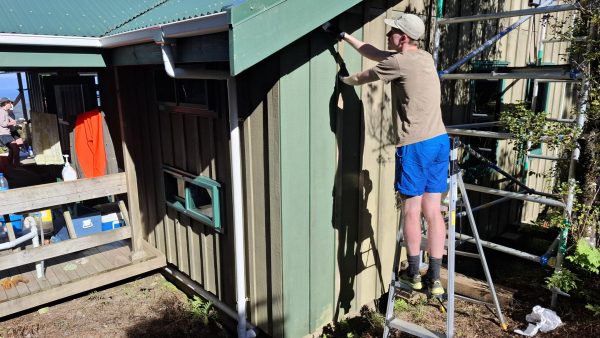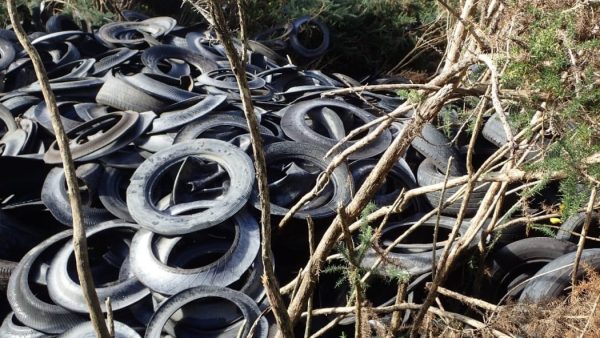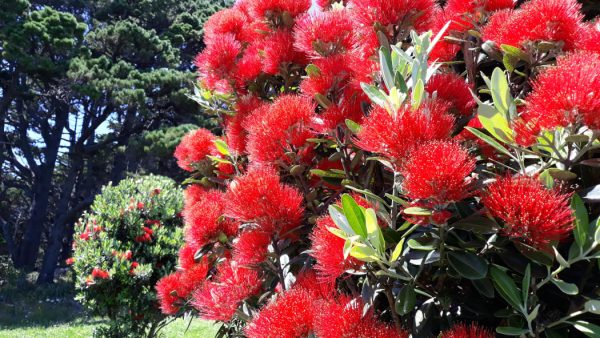Strict new biosecurity rules have come into force at Little Barrier Island (Hauturu o Toi), banning all anchoring anywhere around the island out to 40 metres depth as officials try to contain the spread of exotic caulerpa seaweed.
Biosecurity New Zealand says the Controlled Area Notice (CAN) is a necessary step after the discovery of small patches of the invasive seaweed on Little Barrier’s north and east coasts. The CAN also bans seabed-contact fishing such as dredging, bottom trawling, netting and lobster potting. Drift fishing, spearfishing and hand gathering remain permitted.
John Walsh, Director of Pest Management at Biosecurity New Zealand, said the measures aim to stop the seaweed spreading further. “We know that exotic caulerpa can be inadvertently relocated when small pieces are caught on anchors, anchor chains, and fishing or diving equipment. Stopping anchoring without a permit will greatly reduce this risk.”
Since exotic caulerpa was first found in New Zealand in 2021, more than $24 million has been spent on containment efforts and on developing removal technologies. Officials say a report is due soon on reductions in caulerpa biomass in some areas, but the discovery at Little Barrier was not unexpected given the seaweed’s ability to hitch rides on vessels and equipment.
The new CAN brings to five the number of legal control zones, joining Bay of Islands (Te Rāwhiti), Great Barrier Island (Aotea), Great Mercury Island (Ahuahu), and Waiheke Island. All five CANs are set for review before 30 September.


